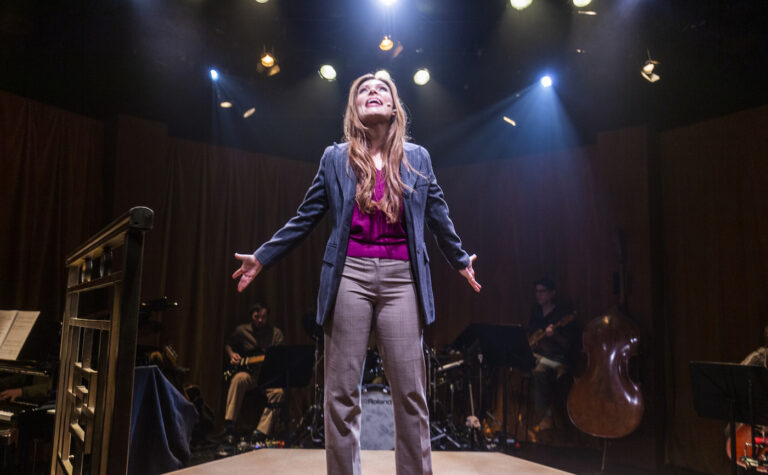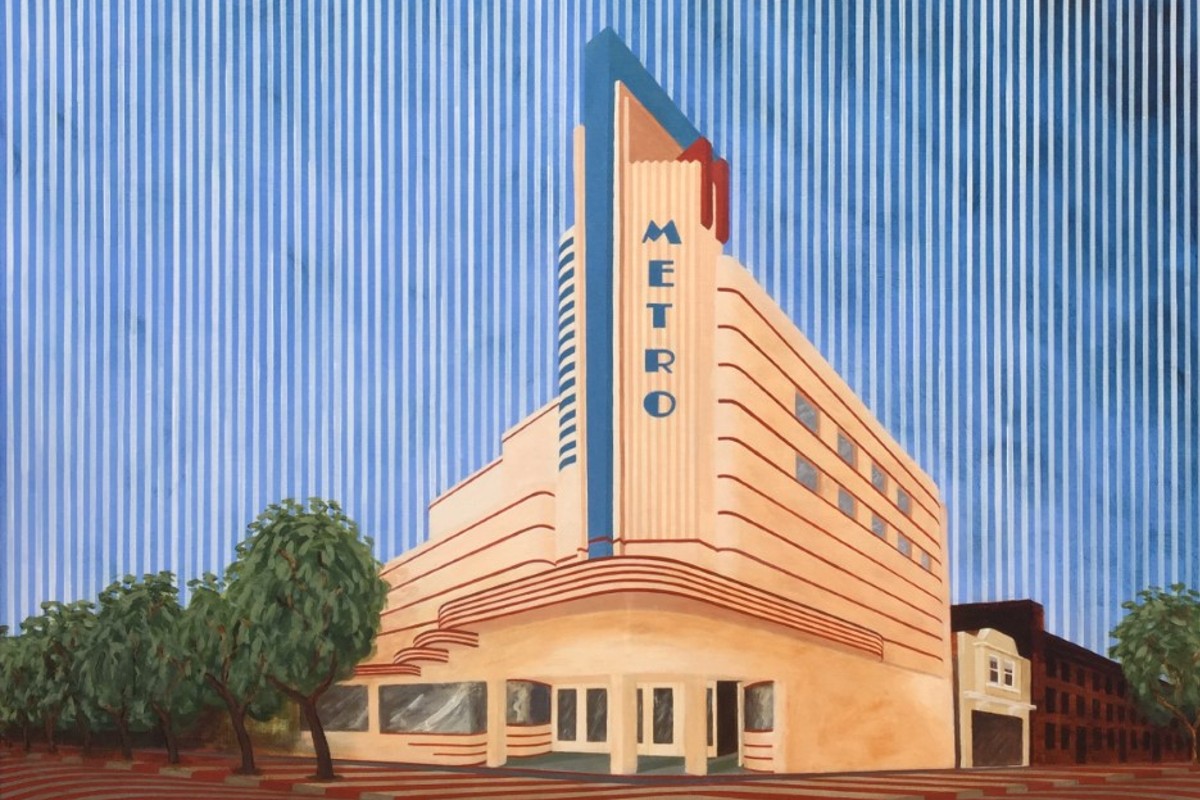
Calls to acquire the Metro Minerva Theatre intensify

Image: An indigenous portrayal of the Metro/Minerva Theatre in Potts Point. Credit: Artwork by Shane Smithers.
By JOHN MOYLE
When in February the NSW Arts Minister Ben Franklin announced the compulsory acquisition of Parramatta’s Roxy Theatre it brought about a call for similar action to take place for the Metro Minerva Theatre in Potts Point.
The Metro Minerva is currently owned by property developers Central Element who have a development application lodged for the heritage listed building.
Central Element’s website states “Plans will see the vacant building, last occupied as an office, lovingly restored int a multi-use venue, incorporating a 5 star boutique hotel and performance spaces, for which the building is renowned.”

Despite the findings of a City of Sydney/Create NSW feasibility study stating that the theatre could be restored as a working 1,000 seat venue, Central Element commissioned a study by Arup to state that this was impossible due to modern building standards and the degradation of the space during its conversion to a food court and later offices.
This was also despite 178 submissions from individuals, 1799 petition signatories and 21 responses from organisations being lodged against the proposal.
On 18 December 2020 the Metro Minerva was listed on the State Heritage Register and on 13 May 2021 a pre-development meeting was held between Heritage NSW and the City of Sydney regarding the new proposal for the site.
In May last year Heritage NSW handed down its own report regarding then DA that has at least one proponent for the retention of the Metro Minerva as a theatrical venue hopeful.
Andrew Andersons is a highly awarded architect who has spent much of his working life developing Sydney’s theatrical spaces, including the Ros Packer Theatre, Angel Place Recital Hall and the restoration of the Capitol Theatre.
“The thrust of Arup’s report was that the old theatre would never comply with contemporary standards, in fact it had the most generous seating of any theatre in Sydney,” Andersons said.
“You could reinstate the old theatre as it was without any difficulties because nothing has fundamentally changed in the way that theatre designs are made.”
Heritage NSW, in section 2 of the report, supports this, stating “A joint feasibility study by Create NSW and City of Sydney found that the Minerva could house up to 1,000 patrons and therefore be financially viable as a small to medium theatre.”
A Create NSW spokesperson said that it “noted that the Department did not agree with assertions made by Central Element that the restoration of the theatre to a 1,000 seat venue was not possible.
“The submission … confirmed that the proposal to restore the theatre t0 a 1,000 seat theatre is both workable and realistic.”
Andersons added that new smoke alarms and electronics are needed, along with an updating of the air-conditioning and new flying equipment is required, and that disabled accesses can easily accommodated.
Architect opposes elements of proposal










